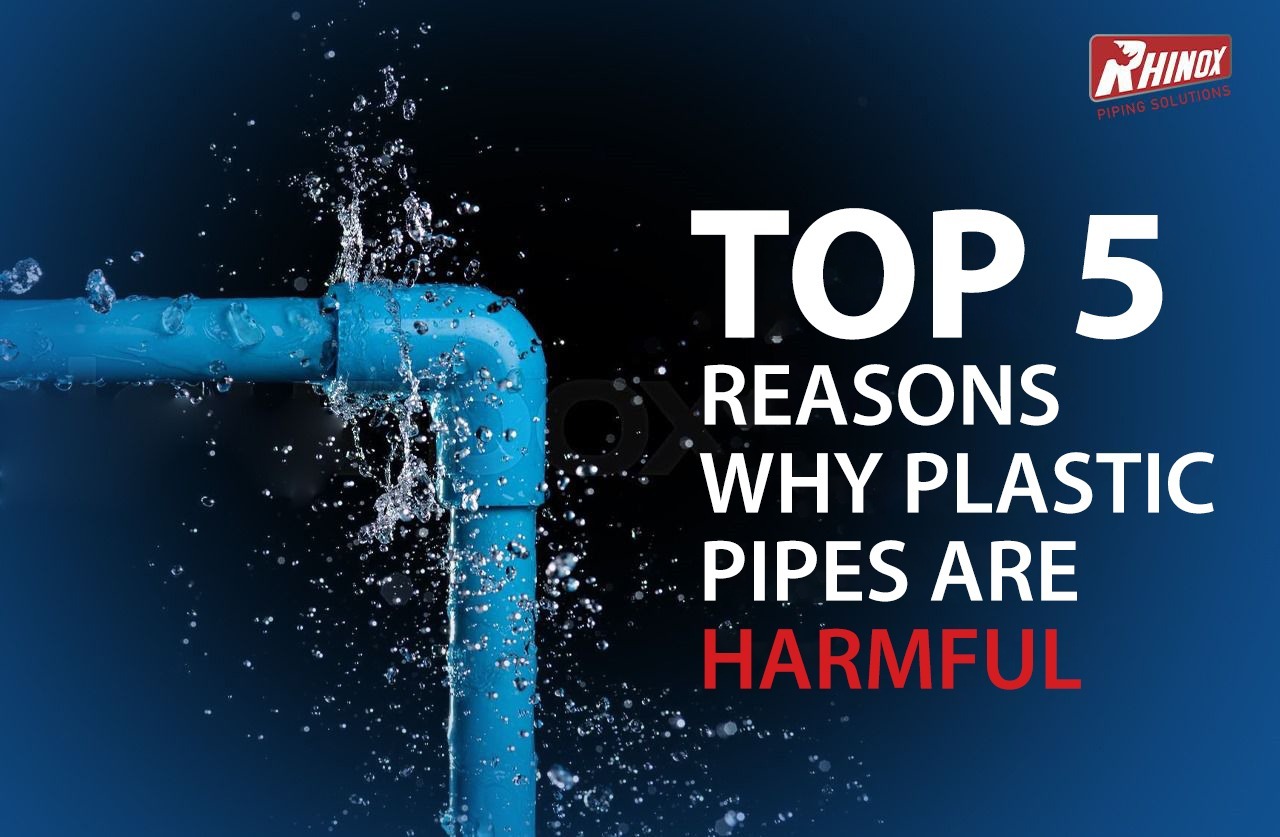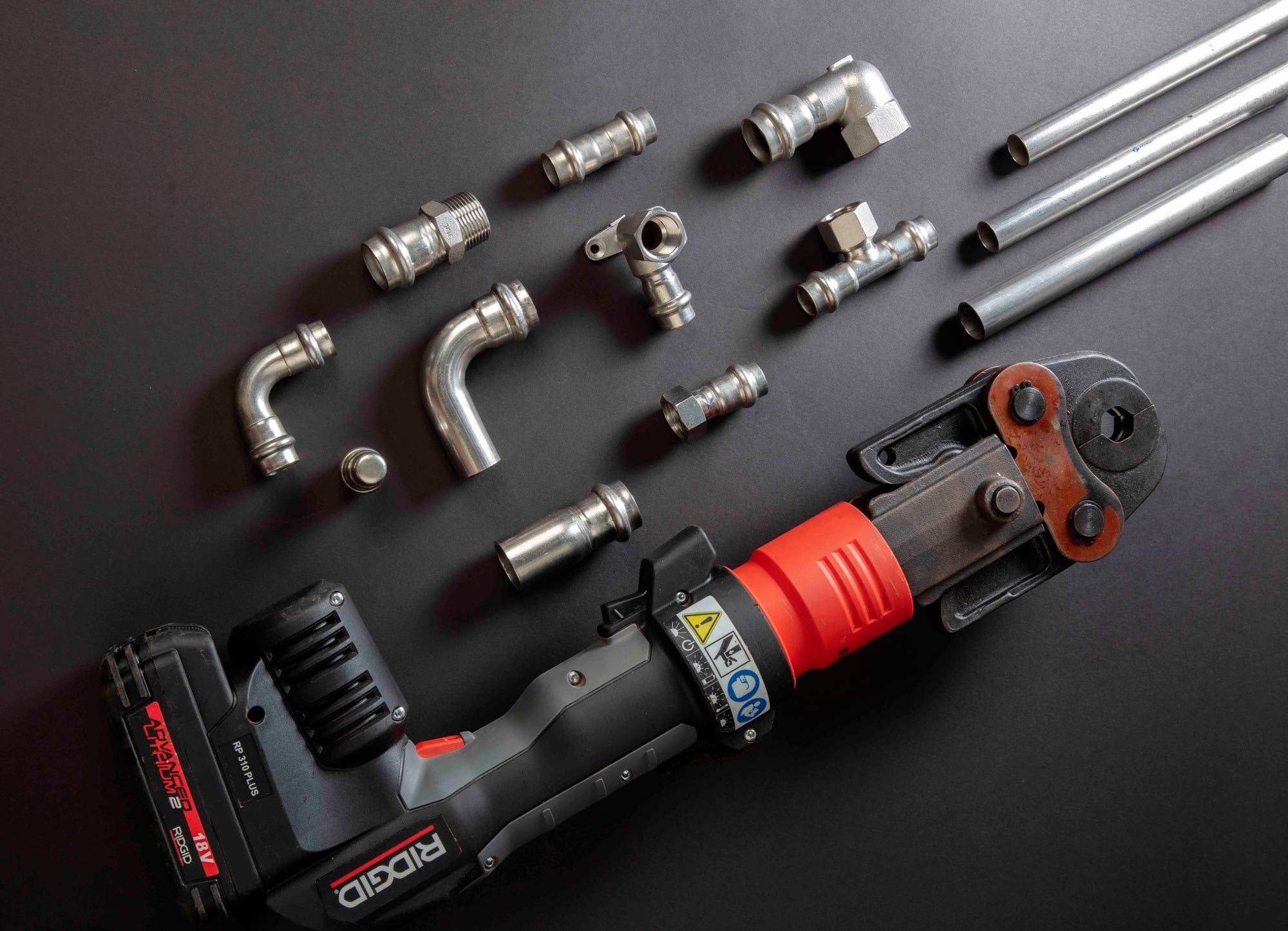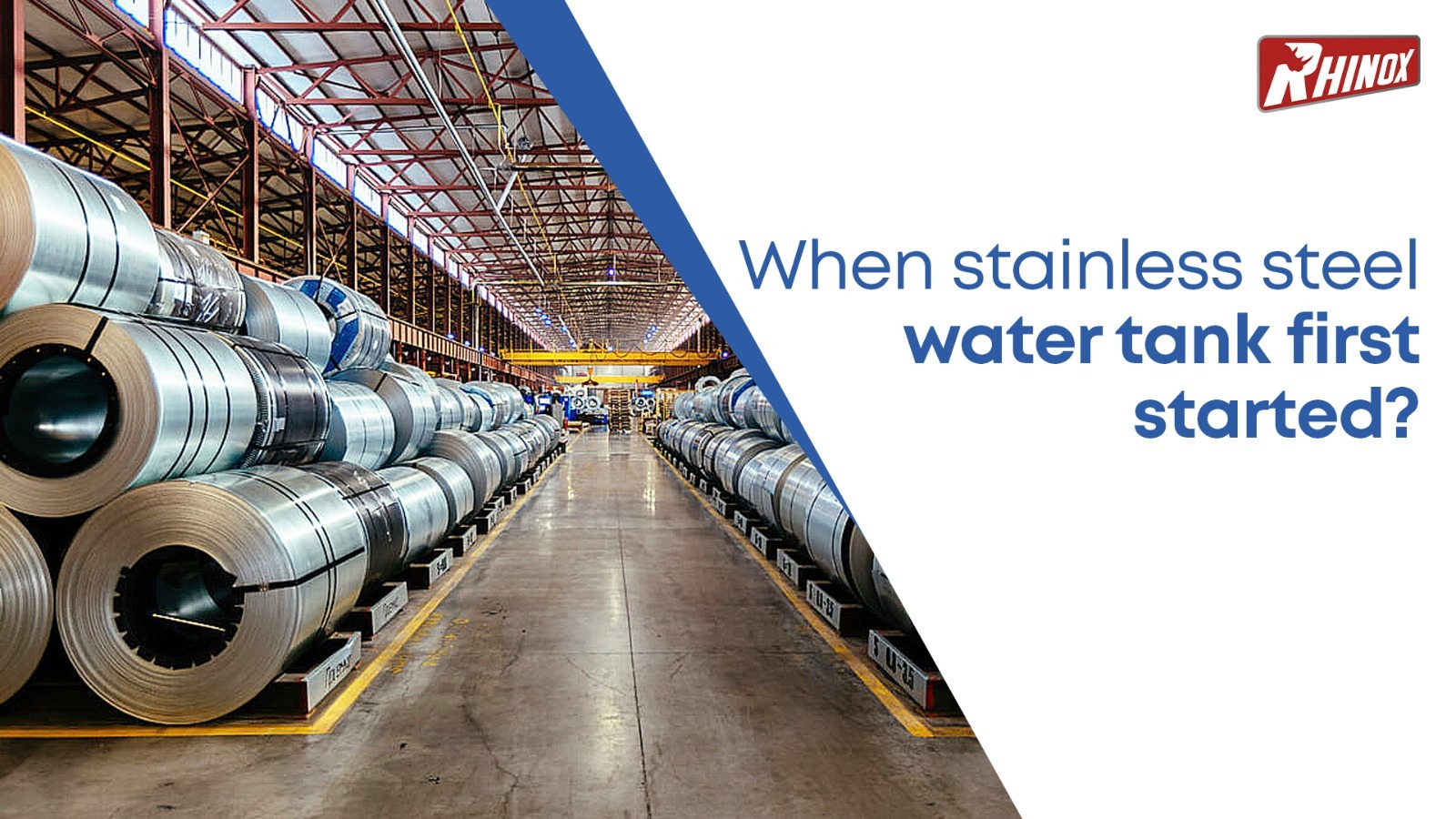
But what about the plastic pipes in our home? Plastic pipes are a well-known reason behind causing various types of cancers.
Usually, plastic pipes create toxic pollution in the form of dioxins, which infiltrate the food chain and compromise our safety. Exposure to plastic water pipes often includes exposure to phthalates, which may have severe health effects.
Besides numerous health issues, there are a number of negative environmental impacts associated with plastic plumbing pipes. Despite their widespread use, plastic plumbing pipes are associated with the overall sustainability of the planet. Listed are the top reasons why plastic pipes are harmful.
Impact of Plastic Water Pipes on the Environment
Primarily manufactured from Polyvinyl Chloride (PVC), plastic plumbing pipes contribute significantly to environmental pollution and depletion of resources. Moreover, the production of plastic pipes relies heavily on fossil fuels and contributes to greenhouse emissions. The improper disposal of plastic pipes can add to the growing problem of plastic waste.
Health Concerns with Plastic Pipes – Top Things to Know
Plastic pipes contain additives like phthalates and stabilizers that can contaminate drinking water without changing its taste. These chemicals are also known as catalytic poisons and can disrupt the endocrine system of your body. Plastic water pipes can severely affect the health of pregnant women and infants.
The Release of Microplastics into Water
The prolonged use of plastic pipes is a serious issue that must be addressed at the earliest. Due to their susceptibility to degradation, microbial growth, and corrosion, these pipes are unsuitable for residential and commercial spaces. Over a certain period of time, they release microplastics into the water supply. Moreover, plastic pipes are more prone to bacterial growth on their inner surfaces. So, the formation of biofilm is pretty common with plastic pipes. You must know that plastic pipe harmful and take active measures to mitigate their severity.
Plastic Pipes Involve Energy Intensive Manufacturing Processes
The manufacturing process of plastic pipes is harmful to the environment. The manufacturing process contributes to carbon emissions and the consumption of resources. We all know how important it is to adhere to sustainable manufacturing to decrease environmental cataclysms. By switching to stainless-steel pipes, you can reduce your carbon footprint.
The Durability of Plastic Pipes is a Serious Concern
Contrary to their marked longevity, plastic water pipes can degrade and become brittle when exposed to external elements. For instance, extreme temperatures and UV radiation can affect the structural stability of plastic pipes.
As a homeowner, you will always want to invest in piping solutions that can last a lifetime. Unfortunately, that is not the case with plastic pipes. In contrast, stainless-steel pipes tend to have a longer lifespan and can withstand aggressive water environments.
Plastic pipes are detrimental to our health and the environment. The need of the hour is to shift to 316L stainless-steel pipes. 316L stainless-steel pipes offer unmatched corrosion resistance and biocompatibility.
If you want to buy the best 316L stainless-steel pipes, visit Rhinox USA at the earliest. The stainless-steel pipes manufactured by them undergo extensive testing and features hand-fitted joints.

- By Rhinox
Recent Blogs

When stainless steel water tank first started?
Earlier, not everyone across the world had around-the-clock seamless access to healthy, potable water. Storing water for days for drinking and other purposes was necessary then. The situation has not changed entirely, even today.
